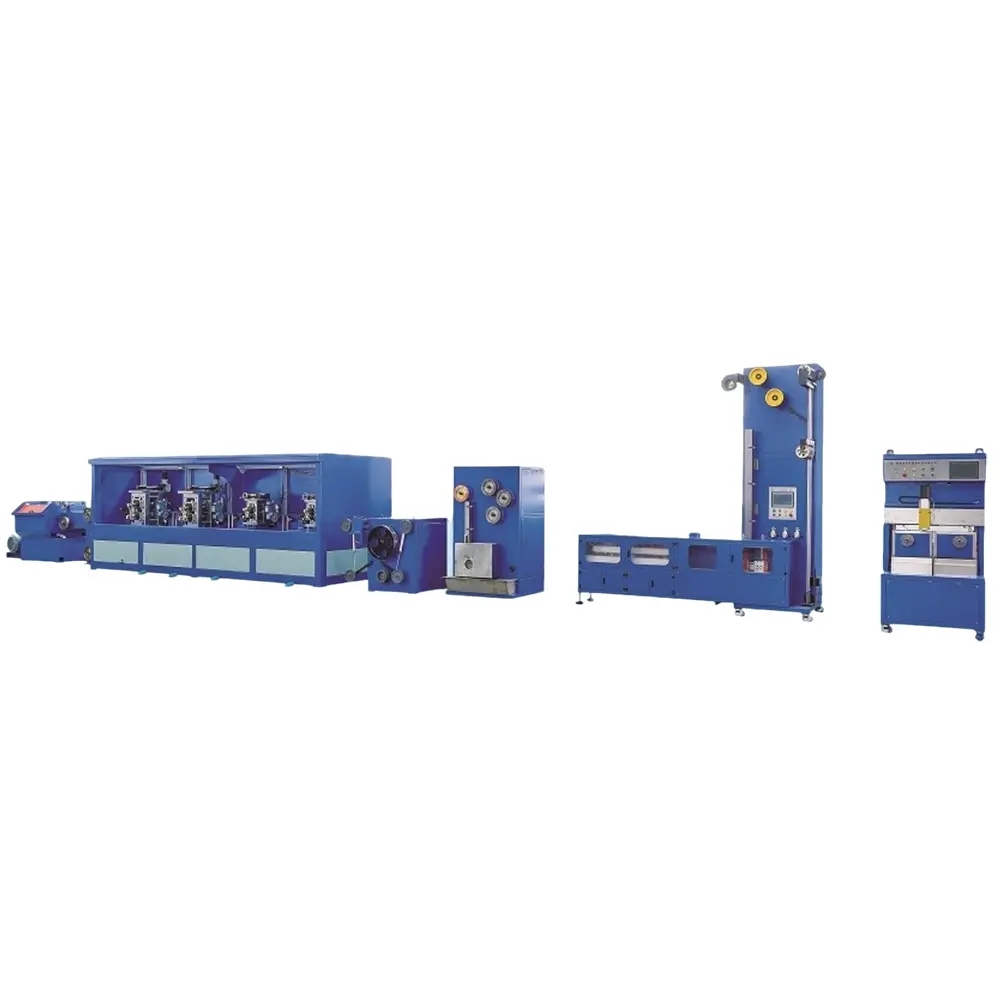- English
- Español
- Português
- русский
- Français
- 日本語
- Deutsch
- tiếng Việt
- Italiano
- Nederlands
- ภาษาไทย
- Polski
- 한국어
- Svenska
- magyar
- Malay
- বাংলা ভাষার
- Dansk
- Suomi
- हिन्दी
- Pilipino
- Türkçe
- Gaeilge
- العربية
- Indonesia
- Norsk
- تمل
- český
- ελληνικά
- український
- Javanese
- فارسی
- தமிழ்
- తెలుగు
- नेपाली
- Burmese
- български
- ລາວ
- Latine
- Қазақша
- Euskal
- Azərbaycan
- Slovenský jazyk
- Македонски
- Lietuvos
- Eesti Keel
- Română
- Slovenski
- मराठी
- Srpski језик
- Esperanto
- Afrikaans
- Català
- שפה עברית
- Cymraeg
- Galego
- Latviešu
- icelandic
- ייִדיש
- беларускі
- Hrvatski
- Kreyòl ayisyen
- Shqiptar
- Malti
- lugha ya Kiswahili
- አማርኛ
- Bosanski
- Frysk
- ភាសាខ្មែរ
- ქართული
- ગુજરાતી
- Hausa
- Кыргыз тили
- ಕನ್ನಡ
- Corsa
- Kurdî
- മലയാളം
- Maori
- Монгол хэл
- Hmong
- IsiXhosa
- Zulu
- Yoruba
- অসমীয়া
- ଓଡିଆ
- Punjabi
- پښتو
- Chichewa
- Samoa
- Sesotho
- සිංහල
- Gàidhlig
- Cebuano
- Somali
- Тоҷикӣ
- O'zbek
- Hawaiian
- سنڌي
- Shinra
- Հայերեն
- Igbo
- Sundanese
- Lëtzebuergesch
- Malagasy
Where is the ultra-high precision rolling capability of Photovoltaic Welding Strip Rolling Mill reflected
2025-10-22
The ultra-high precision rolling capacity of photovoltaic strip welding mills is mainly reflected in the following aspects:
1.Accurate size control
Thickness accuracy: The photovoltaic welding strip rolling mill can control the thickness tolerance of the welding strip within a very small range. For example, the precision rolling mill of Tiecai Machinery can produce products with a thickness tolerance of ± 0.002mm. Some photovoltaic welding strip integrated machines can also control the thickness tolerance of the welding strip to ± 0.005mm. This is achieved through high-precision rolling and manufacturing, as well as advanced roll gap adjustment systems, which can ensure that the thickness of the welding strip is uniform and consistent throughout the entire length.
Width accuracy: The width tolerance can also be precisely controlled, for example, some rolling mills can control the width tolerance of the welding strip within ± 0.015mm, which is very important for ensuring the welding effect and electrical performance of the photovoltaic welding strip and the battery cell.

2.Stable shape control
Advanced rolling mill structure: Adopting a multi roll rolling mill structure, such as a 20 roll, 12 roll Sendzimir rolling mill, etc., with a small working roll diameter and multiple support roll design, it can achieve extremely low rolling pressure and high plate shape control accuracy, effectively avoiding plate shape defects such as wavy and sickle bending in the welded strip.
Real time shape detection and adjustment: Equipped with advanced shape detection equipment, such as laser shape detectors, it can monitor the shape of the welded strip in real time and adjust parameters such as roll inclination and bending force through an automatic control system to ensure good shape of the welded strip.
3.High precision tension control
Fully closed-loop tension control system: The photovoltaic welding strip rolling mill adopts a fully closed-loop tension control system, which can accurately control the tension of the welding strip during the rolling process. By installing tension sensors before and after the rolling mill, the tension changes of the welded strip are monitored in real time, and the signals are fed back to the control system. The control system adjusts the speed and tension of the rolling mill in a timely manner based on the feedback signals, ensuring that the tension of the welded strip is stable during the rolling process and avoiding problems such as tensile deformation and fracture caused by unstable tension.
4.Temperature and environmental control
Accurate temperature control: During the rolling process, temperature has a significant impact on the material properties and dimensional accuracy of the welded strip. The photovoltaic welding strip rolling mill is equipped with a high-precision temperature control system, which can accurately control the rolling temperature, ensuring that the hardness of the welding strip is uniform and the surface is free of oxidation. For example, by controlling the cooling and heating of the rolling rolls, as well as adjusting the temperature of the rolling environment, the rolling process can be carried out under suitable temperature conditions.
5.Advanced detection and control system
Full closed-loop control: using imported detection instruments for full closed-loop control, PLC+human-machine interface operating system, ensuring accuracy throughout the entire process from processing to monitoring. This advanced technology can monitor the rolling process in real time, detect and adjust parameters in a timely manner, and ensure the dimensional accuracy and quality stability of the product.
Data traceability and analysis: capable of real-time recording and storage of various data during the rolling process, such as rolling force, roll gap, speed, temperature, tension, etc. By analyzing and tracing these data, problems in the production process can be identified in a timely manner, providing a basis for process optimization and equipment maintenance, further improving rolling accuracy and product quality.



